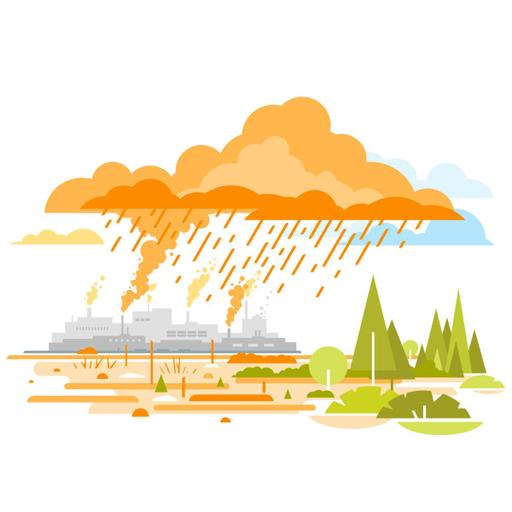Acid Rain
Presentations | English
Do you think Acid rain can be lethal? Acid rain, or acid deposition, is a broad term that includes any form of precipitation with acidic components, such as sulfuric or nitric acid that fall to the ground from the atmosphere in wet or dry forms. This can include rain, snow, fog, hail, or even dust that is acidic. Acid rain is caused by a chemical reaction that begins when compounds like sulfur dioxide and nitrogen oxides are released into the air. These substances can rise very high into the atmosphere, where they mix and react with water, oxygen, and other chemicals to form more acidic pollutants, known as acid rain. Acid rain can be extremely harmful to forests. Acid rain that seeps into the ground can dissolve nutrients, such as magnesium and calcium, that trees need to be healthy. Acid rain also causes the aluminum to be released into the soil, which makes it difficult for trees to take up water. The precursors, or chemical forerunners, of acid rain formation, result from both natural sources, such as volcanoes and decaying vegetation, and man-made sources, primarily emissions resulting from fossil fuel combustion. A great way to reduce acid rain is to produce energy without using fossil fuels.

Free
PPTX (26 Slides)
Acid Rain
Presentations | English
